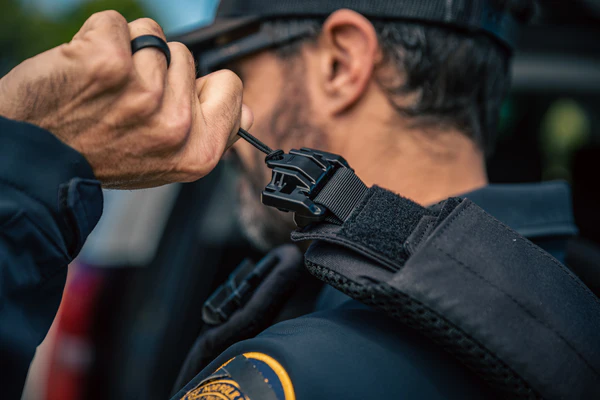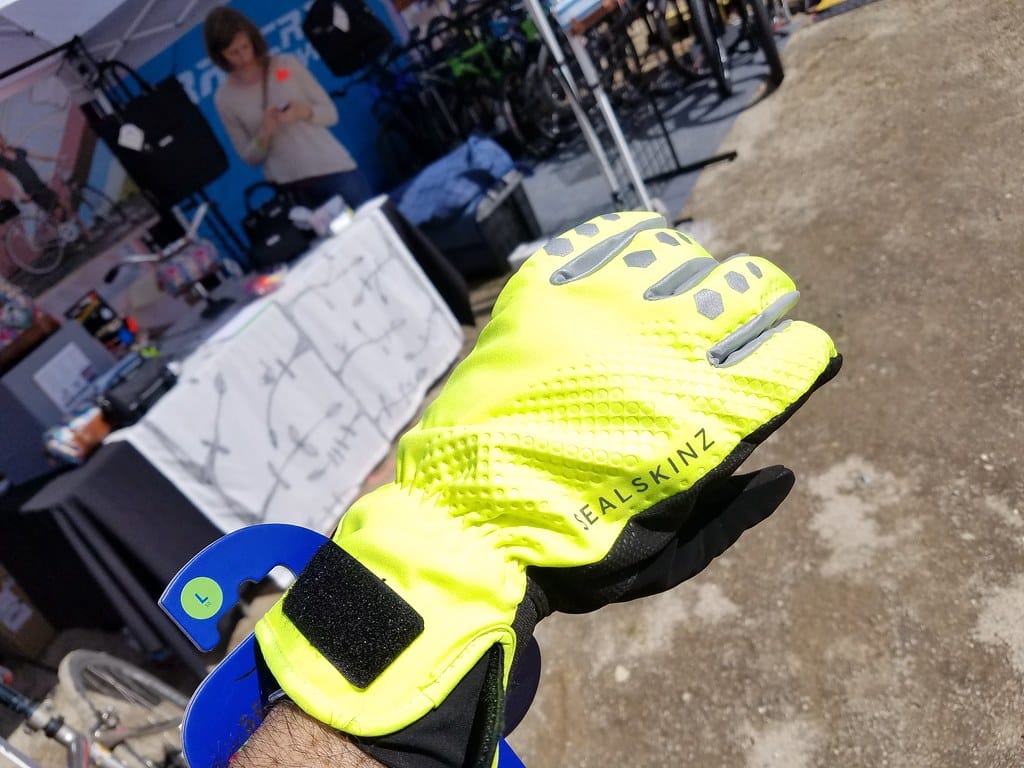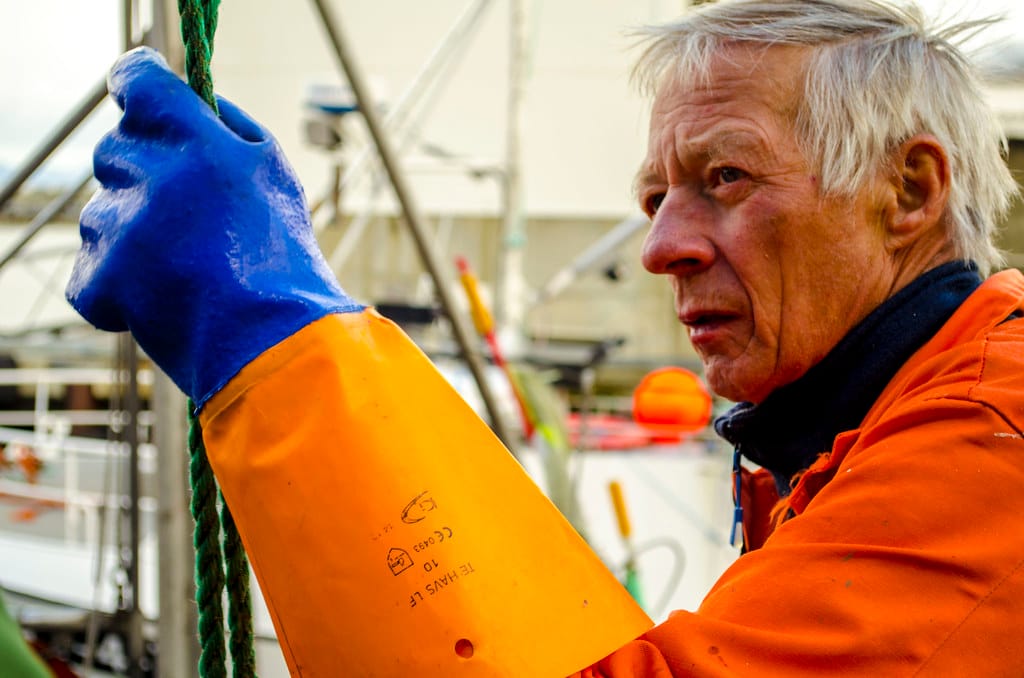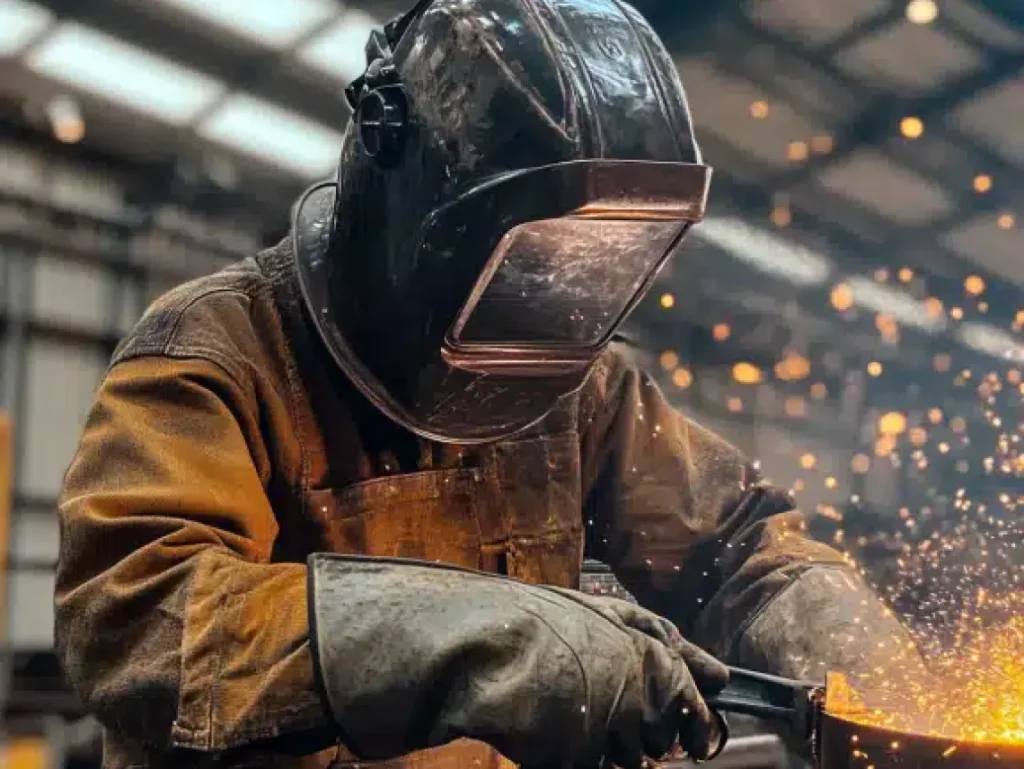
In combat or tactical operations, what you carry—and how you carry it—can mean the difference between success and failure.
That’s why load-bearing equipment (LBE) is more than a vest or belt. It’s a mission-specific, modular system designed to distribute weight, improve access, and protect the operator under pressure.
Let’s break down how tactical load-bearing gear works, what types are available, and how to choose the right system for your mission or team.
Why Load-Bearing Gear Is Critical in Military Operations
Tactical personnel often carry:
- Ammunition (rifle, pistol, shotgun, etc.)
- Medical kits
- Radios and GPS
- Water/hydration systems
- Grenades and flashbangs
- Entry tools, zip cuffs, maps, batteries…
Now imagine trying to move, crawl, or engage with all that gear stuffed into random pouches.
Good load-bearing gear must:
- Distribute weight evenly across the torso and hips
- Keep essentials accessible at high-stress moments
- Secure gear tightly during running, jumping, or crawling
- Integrate with armor, packs, and base layers
⚠️ A poorly designed vest or overloaded belt slows reaction time—and that can cost lives.
Types of Tactical Load-Bearing Systems
| Gear Type | Description and Use Case |
|---|---|
| Tactical Vest (LBV) | Covers torso, distributes load, often used with body armor |
| Plate Carrier | Holds ballistic plates + pouches; high mobility use |
| Battle Belt | Waist-mounted gear system; fast-access zones |
| Chest Rig | Lightweight upper torso panel for ammo + comms |
| MOLLE Packs / Bags | Modular attachment-compatible bags, hydration units |
✅ Most modern systems are modular, allowing users to configure the exact pouch layout they need per mission.
What Is MOLLE and Why It Matters
MOLLE = Modular Lightweight Load-carrying Equipment
It uses PALS webbing: horizontal rows of heavy-duty nylon stitched onto the surface of vests, belts, and packs.
Benefits:
- Attach/detach pouches as needed
- Customize loadouts per role (medic, rifleman, signals, etc.)
- Swap out damaged components without replacing the whole rig
- Works across different gear brands and accessories
✅ MOLLE = Flexibility + Scalability. One system, many roles.
Key Features to Look For in Tactical Vests and Belts
Tactical Vest / Plate Carrier
- Quick-release system for medics or water egress
- Adjustable shoulder/waist straps for sizing and gear load
- Front + rear plate pockets (SAPI/ESAPI compatible)
- Hydration carrier compatibility (bladder pouches, hose routing)
- Low-profile vs full-coverage options based on mobility needs
- Interior mesh padding for heat and moisture control
Battle Belt
- Inner/outer belt design (Velcro or hook-backed)
- Load-rated D-rings for lanyards or climbing
- Holster, mag pouch, IFAK mount zones
- Suspender attachment points for weight transfer
✅ Pair vest + belt correctly to avoid “gear clash” (e.g., mag pouch blocks body armor draw stroke).
Choosing the Right System Based on Mission
| Mission Type | Recommended Load-Carry Gear |
|---|---|
| Urban Entry / CQB | Low-profile plate carrier + slim belt |
| Jungle / Long Patrol | Full vest system + hydration + dump pouch |
| Recon / Scout | Chest rig + ultralight pack |
| Medic | Expanded pouch zones, fast-draw IFAK access |
| Sniper / Marksman | Minimalist rig, belly pouch, prone movement |
⚠️ Don’t issue the same vest to everyone. A rifleman ≠ radio operator ≠ EOD tech.
Fabric, Durability, and Standards
What to demand:
- 1000D Cordura® or ballistic nylon: Abrasion + tear resistant
- UV and IRR treatment: Prevent fading + visibility under NVG
- Reinforced stitching (box-X, bar tack): Long-term load integrity
- Water-repellent coatings: Gear stays light even in rain
- Stress test rating: 25kg+ sustained load without rupture
✅ Ask your supplier for pull test reports, IR compliance info, and modular fitting diagrams.
Real-World Operator Feedback: What They Ask For
- “I need to get to my tourniquet with either hand.”
- “Don’t make me remove my vest just to drink water.”
- “Mag pouches should hold full + empty mags without flop.”
- “No metal buckles—I don’t want it clanging on stairs.”
- “Velcro is fine—until I have to be silent. Give me options.”
✅ Tactical gear should support the task, not dictate it.
Sourcing Checklist: What to Confirm
Before placing an order:
- ✅ Is the system fully MOLLE compatible?
- ✅ What sizes are available? (Regular, XL, female fit?)
- ✅ Is it compatible with armor plates or standalone?
- ✅ Are pouches included or sold separately?
- ✅ Can units custom-configure layout before order?
- ✅ Is the color/camo matched to uniform and terrain?
- ✅ Is it IRR-treated / NIR compliant?
At workwearsolutions, we offer modular systems tailored to role-based kits—whether you need rapid deployment kits or full combat loadouts.
Conclusion
Tactical load-bearing gear isn’t just about carrying stuff—it’s about survival, speed, and mission success.
When sourcing for your unit, security team, or client:
- Prioritize customization, fit, and durability
- Choose MOLLE-compatible gear to future-proof your investment
- Match vests, belts, and packs to the task, not just the title
- Work with a supplier who understands function, not just features
Need help building a loadout kit based on your team’s roles and terrain? I can recommend modular systems, color-match gear, and adjust layout to your exact spec.
📩 Contact: [email protected]
🌐 Visit: www.workwearsolutions.net
Zion Zhang
Recent Posts
 The Nigerian Agent Who Lost $50,000 on Fake Certificates — Then Came Back Stronger2025年10月20日Introduction In the global trade of PPE and industrial […]
The Nigerian Agent Who Lost $50,000 on Fake Certificates — Then Came Back Stronger2025年10月20日Introduction In the global trade of PPE and industrial […] How a Brazilian Trader Used $5,000 to Break into the PPE Market2025年10月20日Introduction In a world where industrial safety and […]
How a Brazilian Trader Used $5,000 to Break into the PPE Market2025年10月20日Introduction In a world where industrial safety and […] From First Order to Market Leader: A Ghana Distributor’s 3-Year Journey2025年10月20日In the fast-growing African PPE and workwear market, small […]
From First Order to Market Leader: A Ghana Distributor’s 3-Year Journey2025年10月20日In the fast-growing African PPE and workwear market, small […] Scaling Your Workwear Brand: From Local Agent to Regional Distributor2025年10月15日In the workwear and PPE industry, many businesses start […]
Scaling Your Workwear Brand: From Local Agent to Regional Distributor2025年10月15日In the workwear and PPE industry, many businesses start […] After-Sales Service & Customer Retention in the Workwear Business2025年10月15日In the global workwear and PPE industry, many suppliers […]
After-Sales Service & Customer Retention in the Workwear Business2025年10月15日In the global workwear and PPE industry, many suppliers […] Government & Corporate Contracts: Winning Large PPE & Workwear Deals2025年10月14日Government & Corporate Contracts: Winning Large PPE […]
Government & Corporate Contracts: Winning Large PPE & Workwear Deals2025年10月14日Government & Corporate Contracts: Winning Large PPE […]
CONTACT US
- Feel free to contact us any time. We will get back to you as soon as we can!
- +86-17330061805
